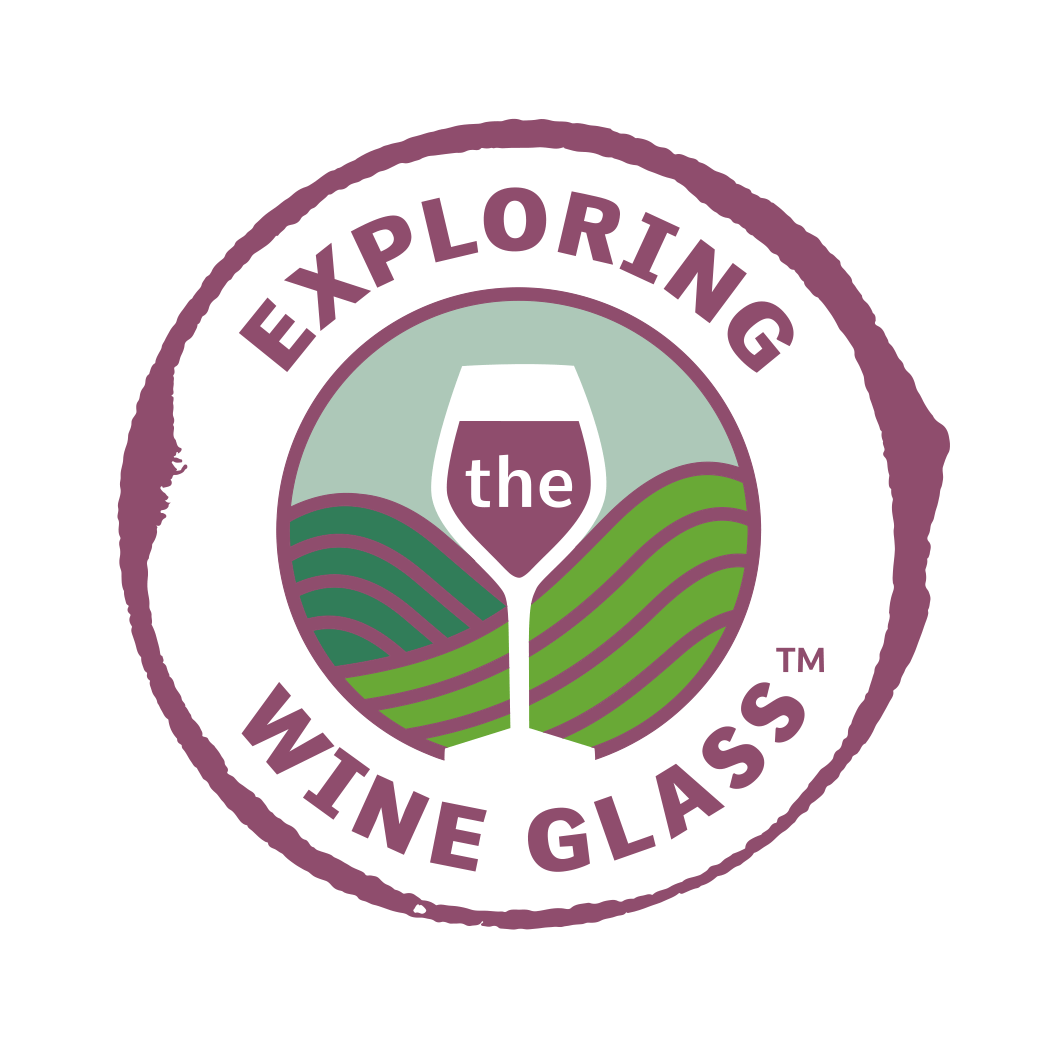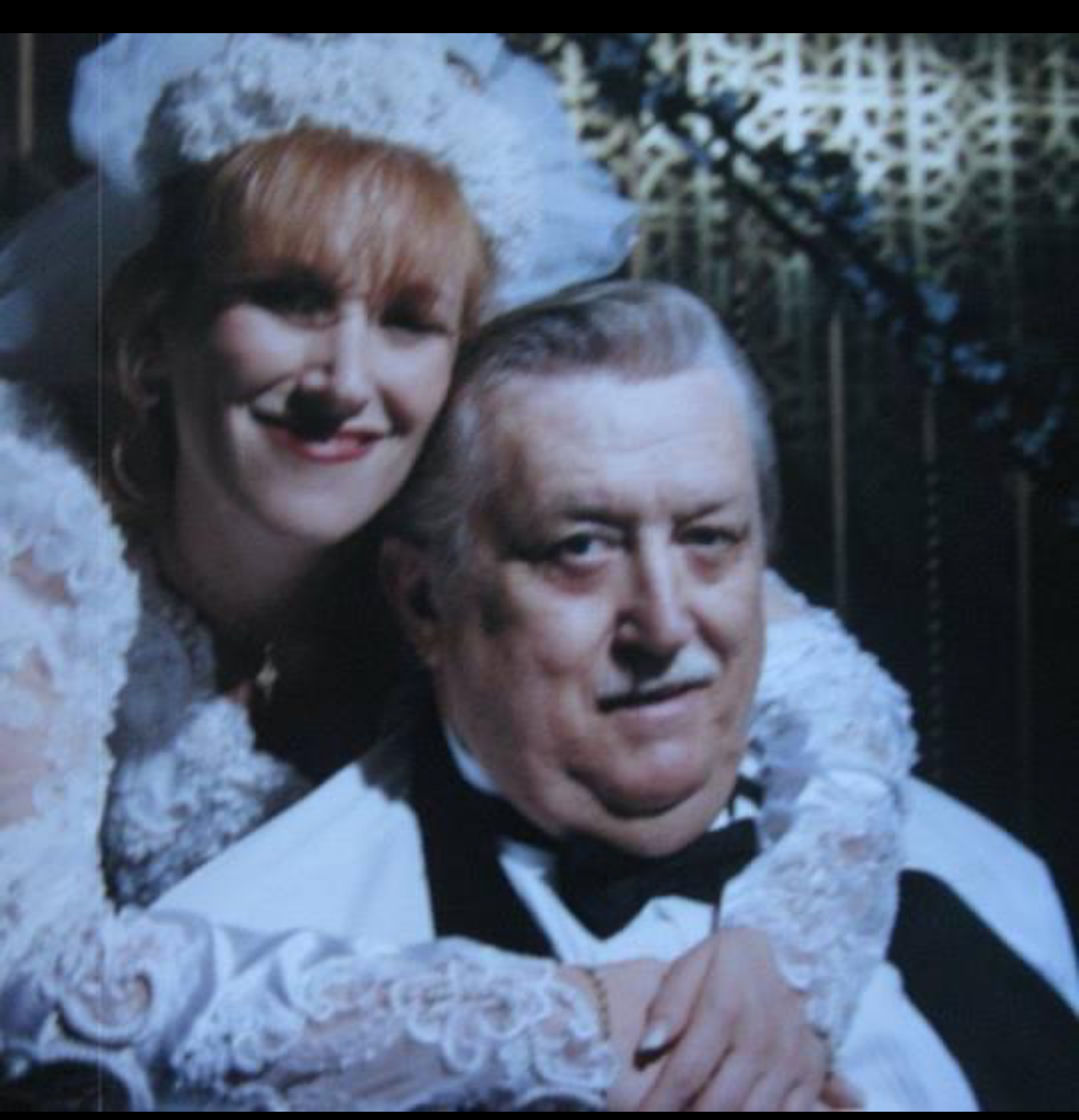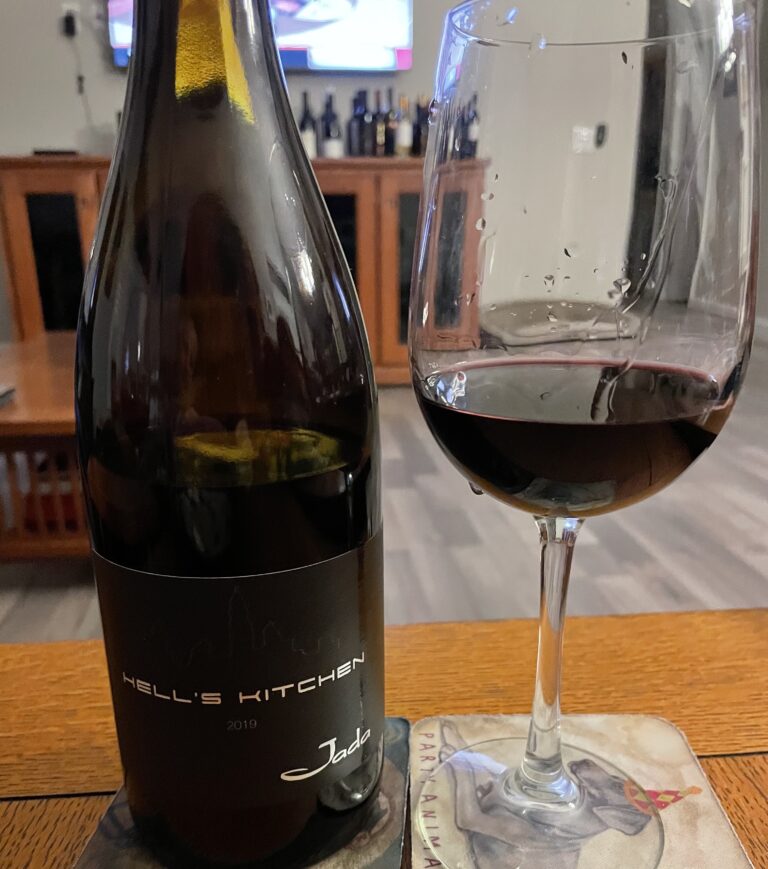The holidays have come and gone. Quite honestly, they don’t mean the same thing to me anymore since I lost my Dad last year. They are just a reminder that he is not with me anymore. For my entire life, with the exception of one year, I was with my parents for Christmas. I consider myself very lucky. The first thing I would do when I woke up would be to call my parents and wish them a Merry Christmas and tell them I’d see them later in the day. Even when I moved to California, they flew out to be with me on Christmas. I loved the holiday season and I loved spending them with my parents.
In 2024, I spent Christmas with them, but the day was spent in the hospital. That night, my Dad realized it was Christmas and wished me a Merry Christmas and apologized for being in the hospital. That was the end of my love of the holiday season. It was first New Year without him and the first time ever that my father wasn’t the first person (other than my husband) who I wished a Happy New Year to.
One year later, I wish I could turn back time and still wake up excited for the holidays. I miss him so much. As I snuggled up in one of his shirts for the holiday, I tried to enjoy the moments happening, knowing that he wouldn’t want me to be upset on what once was my favorite time of year. So I pushed through, tears flowing multiple times during the days between Christmas and the New Year.
These are some wines that helped me get through the pain of missing my Dad. Wines that I would have loved to share with him, so instead, I’m sharing with you. Thank you for allowing me to ramble.
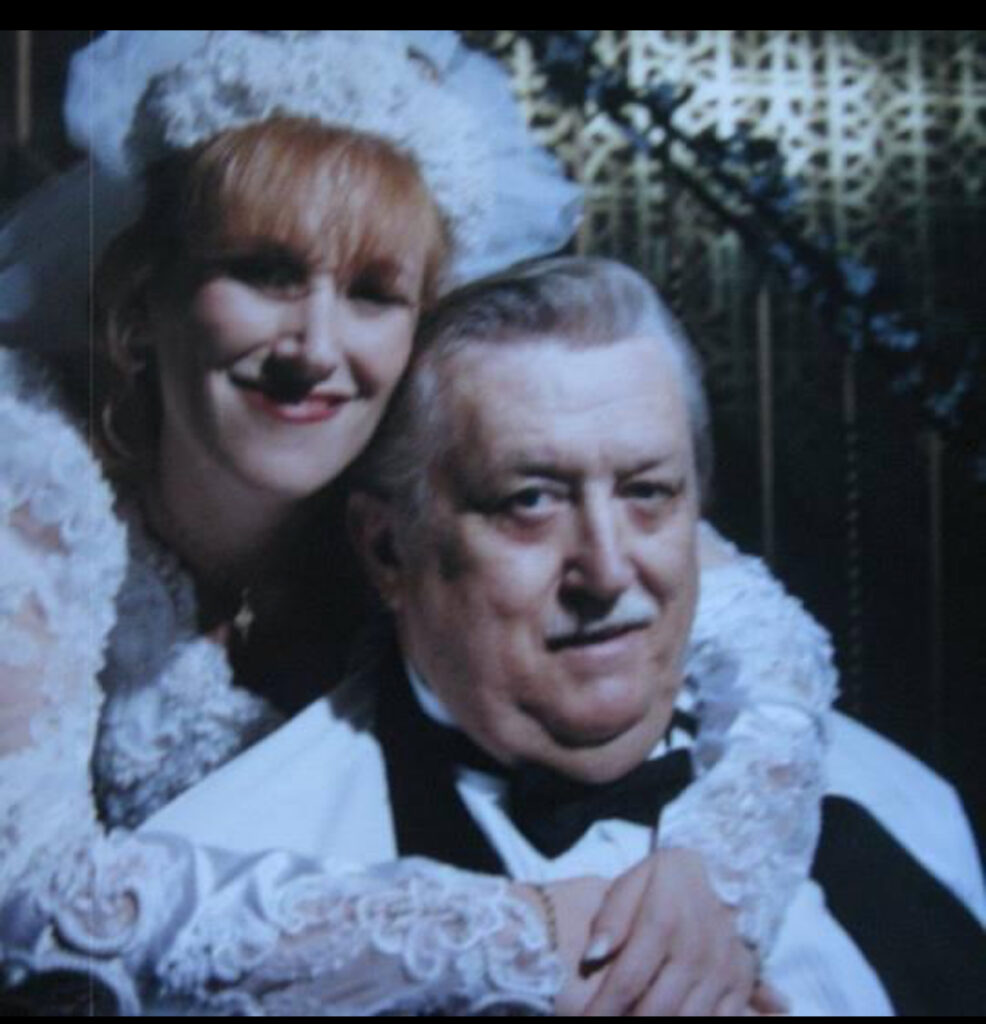
Zulal Voskehat
Armenia holds a significant place in the history of winemaking, often referred to as one of the cradles of viticulture. In 2010, archaeologists unearthed the remains of what is the world’s oldest winemaking facility. The Areni-1 cave had remnants of winemaking including fermentation vats, a wine press and storage jars dating back 6,000 years . Armenia is also the home to the world’s oldest indigenous vitis vinifera, Areni Noir.
During the Soviet era, Armenia was forced to focus on bulk rather than quality. They also shifted their focus away from wine and onto Cognac. Luckily, the vines survived this timeframe, and after the fall of the Soviet Union, Armenia began reclaiming its winemaking heritage, by investing in the vineyards and wineries. Winemakers’ passion was the resurgence of using native grapes such as Areni Noir and Voskehat, that showcased Armenia’s unique terroir.
Voskehat, is often referred to as the “queen of Armenian white grapes.” Its name translates to “golden seed” in Armenian, reflecting the grape’s golden hue and its importance in Armenian viticulture. Voskehat is known for its floral, citrus and nutty characteristics. It is a high acid wine, with a medium body with lovely minerality. Recommended food pairings include soft cheese, grilled fish, oysters and Mediterranean fare such as hummus.
High elevation viticulture, an extreme climate, and volcanic soil provide distinctive character to the indigenous Armenian grape varieties favored by Zulal. Founded by second-generation winemaker Aimee Keushguerian in 2017, Zulal’s name means pure in Armenian, a reflection of Keushguerian’s desire to celebrate the unfettered flavors of the country’s lesser-sung native grapes. ~ Storica Wines
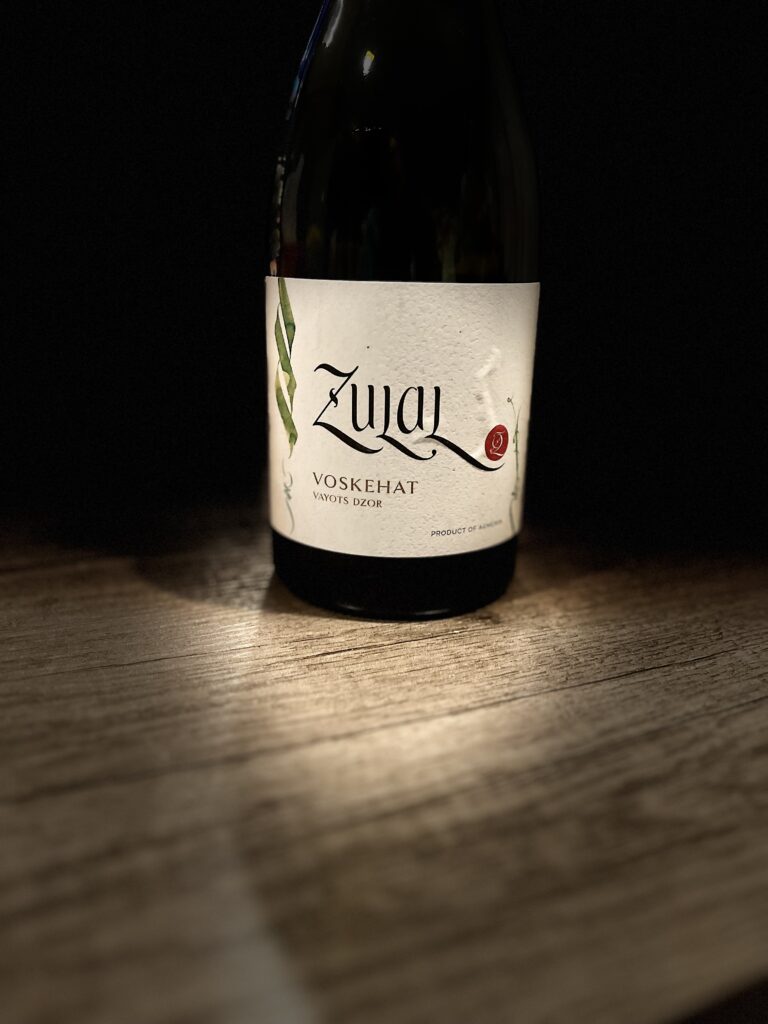
Four Lanterns Semillon
Steve and Jackie Gleason fell in love with Paso Robles during their family visits and ultimately decided to make it their home—a decision they’ve never regretted. We have known Steve and Jackie since they opened their tasting room. (There is a NJ/weimaraner connection – but that’s a different story) Their two vineyards, located in the Willow Creek and Templeton Gap AVAs, provide the foundation for the majority of their wines.
The Gleasons are hands-on in every aspect of their winery. Jackie manages the welcoming tasting room, while Steve brings his passion and expertise to the cellar and vines. Four Lanterns Winery, named in honor of their four daughters, offers wine lovers an authentic experience, blending quality craftsmanship with a relaxed, family-friendly atmosphere. Live music is a popular occurrence and although I love many of their wines, the Semillon is one of my favorites.
Semillon is probably best known for its blended wines in Bordeaux. Typically paired with Sauvignon Blanc and Muscadelle, while in the Sauternes region, thanks to its thin skin, it is the star in the production of botrytized sweet wines.
Pairing suggestions include lighter fish such as salmon, creamy pasta and pesto dishes. Blue cheese, foie gras, or desserts like fruit tarts, custards, and crème brûlée are ideal for Sauternes.

Chandon Blanc de Pinot Noir
The number one wine rule is Champagne is only made in the Champagne region of France. Even if a winery is owned by a Champagne house if the wine is produced outside of Champagne, it must go by the general classification of Sparkling. Domaine Chandon is located in Yountville, CA (Napa Valley) and was established in 1973 by Moët et Chandon (Champagne.) It is the first French-owned sparkling wine producer in Napa Valley.
Moët et Chandon is one of the world’s largest champagne producers. Moët et Chandon was established in 1743 by Claude Moët. He began shipping his wine to Paris and during the reign of King Louis XV, Moët et Chandon was enjoyed by many aristocrats and nobles. Their most famous label, Dom Perignon, is named after the Benedictine monk remembered in legend as the “Father of Champagne”.
There are technically seven grape varieties that are allowed in the Champagne region, but the majority of the wine is made from three; Chardonnay, Pinot Noir and Pinot Meunier. Although wine can’t be called Champagne when made outside the region, wine can be made in the same style or method as Champagne; meaning the second fermentation is completed in bottle. (method champenoise) This wine is a blend of both Pinot Noir (84%) and Meunier. The suggested pairings include Mac & cheese, seared tuna, enchiladas, sushi
and chocolate cake.
The wine’s profile was heavy in stone fruit followed by baking spices. It is relatively high in acidity, as most Champagne style wines are and with 9.5g/L of residual sugar, falls within the Brut category. The twelve months of aging imparts some brioche flavors and helps the finish linger.
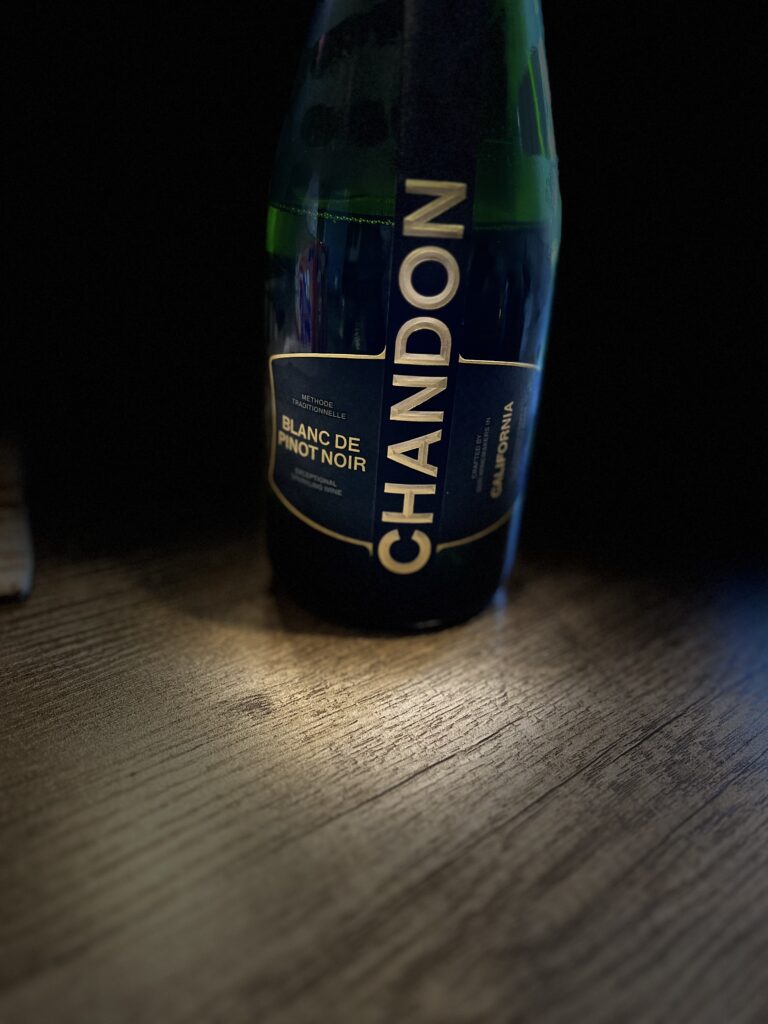
Each of these wines played a role in creating the memories of the holiday. Every glass invites us to broaden our palates and celebrate the moments. Slàinte to hoping you discovered something new in your glass this holiday season. Share your tasting adventures in the comments or tag us on social media—we’d love to hear your thoughts.
~Slàinte!
I invite you to follow me on Instagram, Twitter, Facebook Threads and Youtube for all things wine. I’ll never tell you what to drink, but I’ll always share what’s in my glass. Please subscribe to my blog by entering your email address under “Subscribe to Blog by Email” in the right hand column.
Please support our sponsor:
Click to find out more about Dracaena Wines CHALK CLUB 
